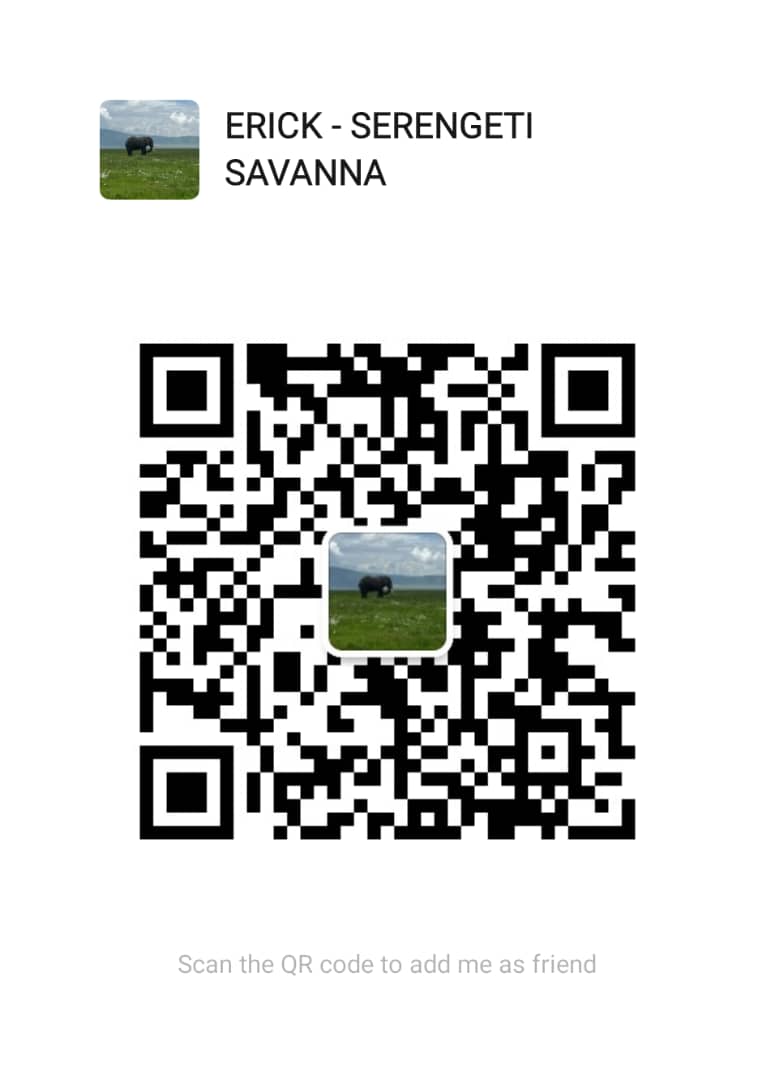Experience the beauty of Tanzania on an exciting safari adventure. See amazing wildlife and breathtaking landscapes as you explore famous parks like the Serengeti and Ngorongoro Crater. Witness the Great Migration, where thousands of animals move across the plains, and spot iconic species like lions, elephants, and rhinos. With diverse wildlife and stunning scenery, Tanzania offers a truly unforgettable safari experience.
